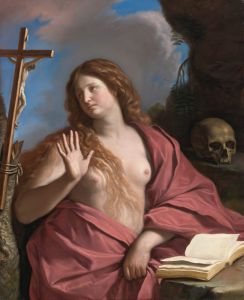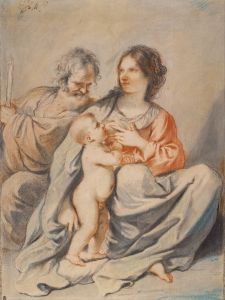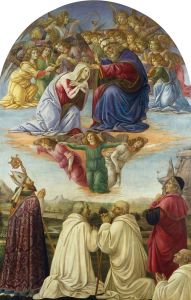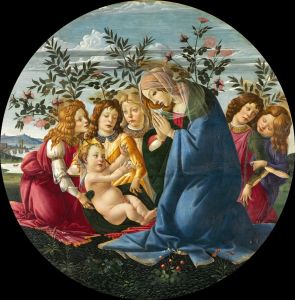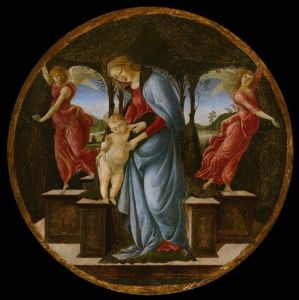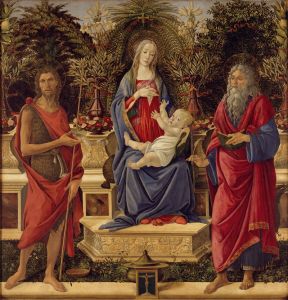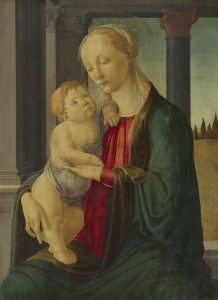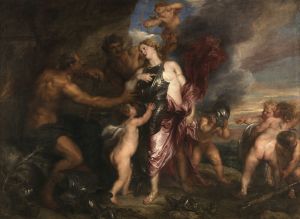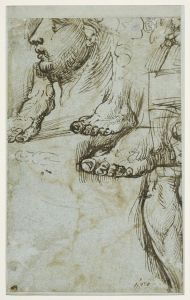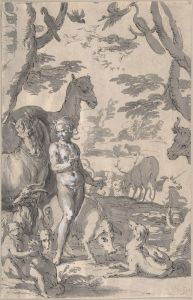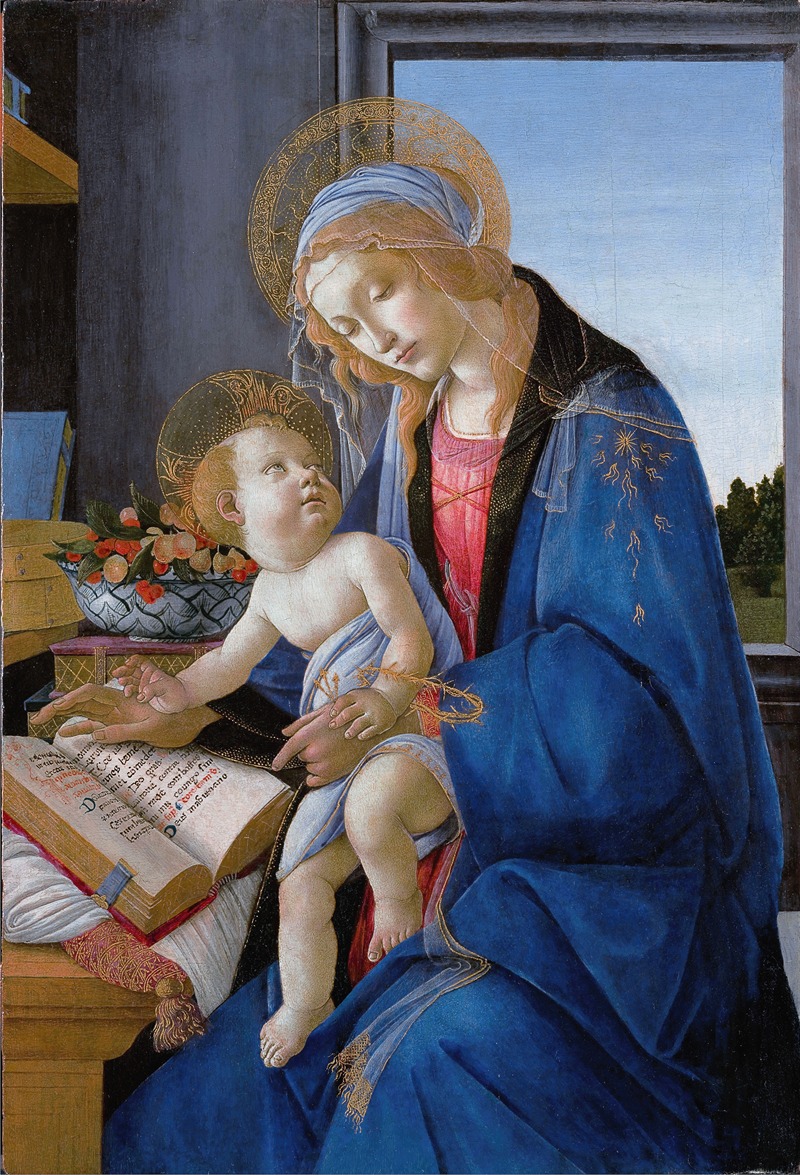
The Virgin and Child
A hand-painted replica of Sandro Botticelli’s masterpiece The Virgin and Child, meticulously crafted by professional artists to capture the true essence of the original. Each piece is created with museum-quality canvas and rare mineral pigments, carefully painted by experienced artists with delicate brushstrokes and rich, layered colors to perfectly recreate the texture of the original artwork. Unlike machine-printed reproductions, this hand-painted version brings the painting to life, infused with the artist’s emotions and skill in every stroke. Whether for personal collection or home decoration, it instantly elevates the artistic atmosphere of any space.
Sandro Botticelli, one of the most prominent painters of the Italian Renaissance, created several depictions of the Virgin and Child throughout his career. These works reflect his mastery of composition, delicate use of color, and ability to convey spiritual themes with grace and elegance. While Botticelli is best known for his mythological works such as The Birth of Venus and Primavera, his religious paintings, including those of the Virgin and Child, hold an equally significant place in his oeuvre.
Botticelli's representations of the Virgin and Child typically feature the Madonna holding the infant Christ, often accompanied by angels or set against a serene background. These works are characterized by their tender emotional expressions, intricate details, and harmonious balance. The Virgin is often depicted with a serene and contemplative expression, emphasizing her role as both a mother and a figure of divine grace. The Christ Child is usually shown in a naturalistic pose, engaging with the Virgin or holding symbolic objects such as a pomegranate, which represents resurrection and eternal life.
One notable example of Botticelli's Virgin and Child paintings is housed in the Museo Poldi Pezzoli in Milan. This work, often referred to as Madonna of the Book (Madonna del Libro), portrays the Virgin reading a book, symbolizing her wisdom and devotion, while the Christ Child sits on her lap. The painting is celebrated for its exquisite detail, including the delicate rendering of the Virgin's garments and the intricate patterns on the book. The use of light and shadow enhances the three-dimensionality of the figures, while the soft color palette contributes to the overall sense of serenity.
Botticelli's Virgin and Child paintings were likely created for private devotion, reflecting the Renaissance emphasis on personal piety and the intimate relationship between the believer and the divine. These works were commissioned by wealthy patrons who sought to display their faith and status through the ownership of religious art. Botticelli's ability to combine spiritual themes with aesthetic beauty made his works highly sought after during his lifetime.
While Botticelli's religious paintings, including his depictions of the Virgin and Child, were overshadowed in later centuries by his mythological works, they have since been recognized as important contributions to Renaissance art. Today, these paintings are admired for their technical skill, emotional depth, and the insight they provide into the religious and cultural values of 15th-century Florence.
This description is based on known examples of Botticelli's Virgin and Child paintings, as specific details about a work titled The Virgin and Child by Botticelli are not provided. If referring to a particular painting, additional context would be necessary to ensure accuracy.






